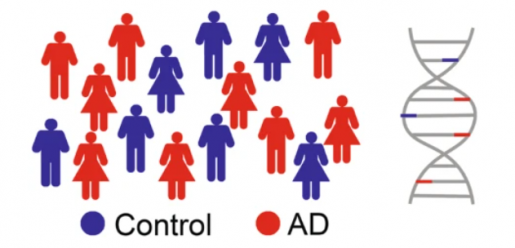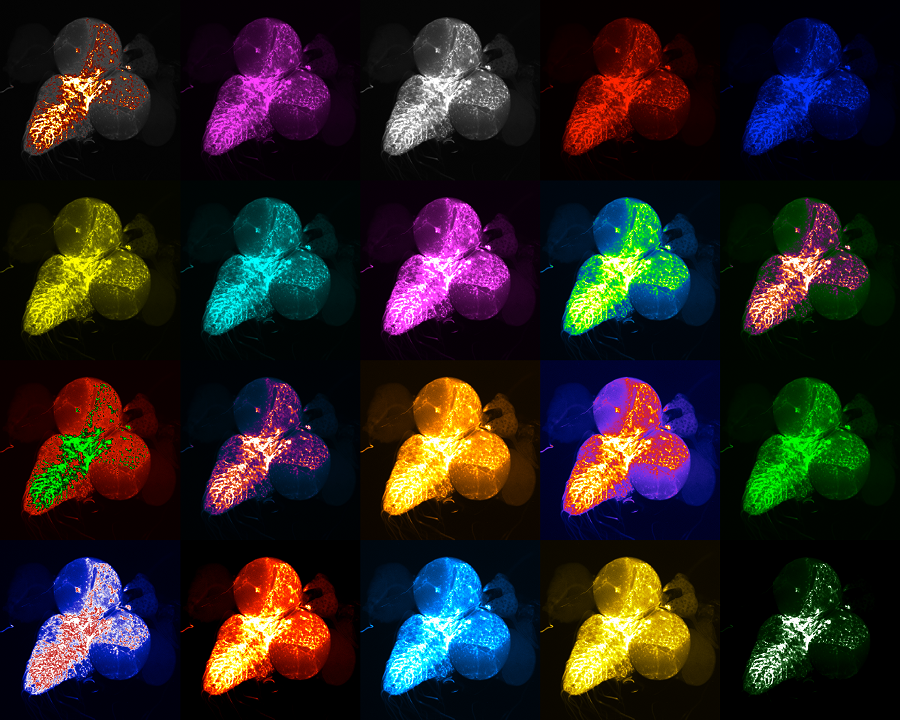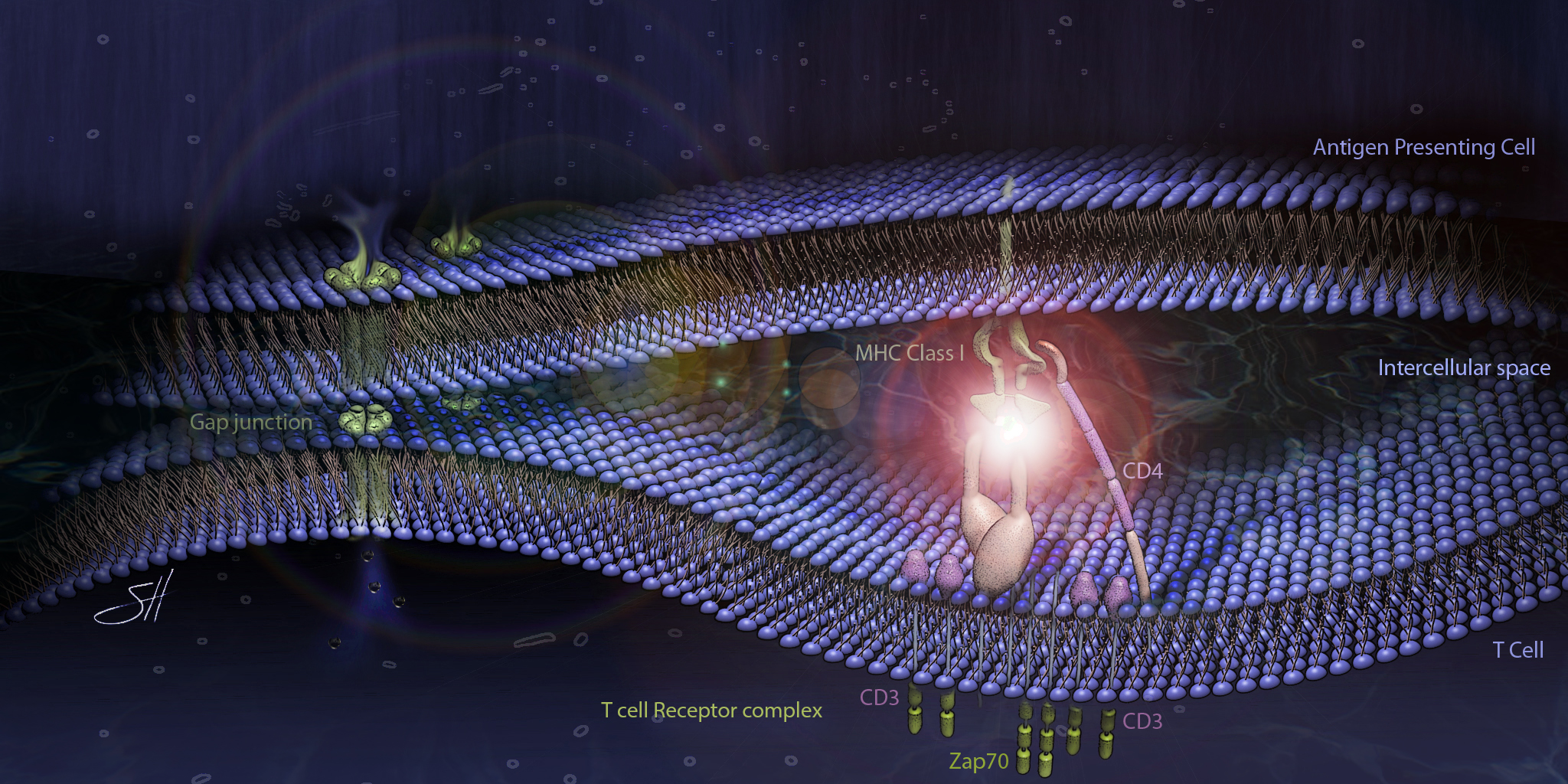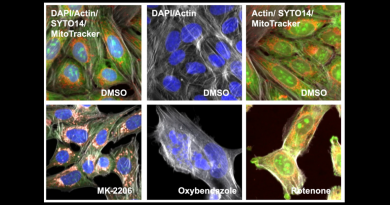Innovative machine-learning program reveals genes responsible for sex-specific differences in Alzheimer’s disease
Alzheimer’s Disease (AD) is a complex neurodegenerative illness with genetic and environmental origins. Females experience cognitive decline and cerebral atrophy or degeneration faster than males, while males have greater mortality rates.
Researchers at Baylor College of Medicine and the Jan and Dan Duncan Neurological Research Institute (Duncan NRI) at Texas Children’s Hospital have discovered sex-specific genes and molecular pathways that contribute to the development and progression of this condition by using a new method they developed called Evolutionary Action Machine Learning (EAML). Their study was published in Nature Communications.


“EAML allows us to identify genetic factors that influence AD risk separately in males and females,” said Dr. Olivier Lichtarge, Cullen Chair and Professor of biochemistry and molecular biology, molecular and human genetics and pharmacology and chemical biology at Baylor. He is also a member of Baylor’s Dan L Duncan Comprehensive Cancer Center. “This approach lets us exploit a massive amount of evolutionary data efficiently, so we can now probe with greater accuracy smaller cohorts and identify genes involved in sex-specific differences in AD.”
EAML is a computational approach that includes nine machine learning algorithms to analyze the effect of DNA mutations on the structure and function of the resulting protein and estimates their harmful effect on biological processes using the evolutionary action score.
Connecting human gene mutations with AD
Lichtarge and his colleagues used EAML to analyze gene mutations in 2,729 AD patients and 2,441 non-affected people to identify 98 genes that are associated with AD. These included several genes known to play a major role in AD biology, which supported the general value of combining a machine-learning approach with the phylogenetic evolutionary information to identify genes and pathways linked to a complex disease such as AD.
They also showed that these genes made functional connections and discovered they were expressed abnormally in AD brains.
The researchers identified specific pathways in neuroinflammation and microglial and astrocytic biology, consistent with their potential involvement in the altered processes associated with AD.
Fruit flies reveal the effects of gene mutations in neurodegeneration
Next, they collaborated with Dr. Ismael Al-Ramahi, Dr. Juan Botas and their teams at Baylor’s Center for Alzheimer’s and Neurodegenerative Diseases and Duncan NRI, to test the fruit fly AD model equivalents of the 98 AD-associated genes.
For this, they used a robot-assisted state-of-the-art behavioral testing platform, which allows for high-throughput screens in live fruit flies. They found 36 genes that modulated tau-induced degeneration and 29 genes that modulated Aβ42-induced neurodegeneration. These included nine genes able to ameliorate the neurodegeneration caused by both Tau and Aβ42, the two proteins known to accumulate in AD patients.
These findings strongly validated the functional involvement of the identified genes in mediating neurodegeneration in live animals and highlighted potential therapeutic avenues.
Differences between males and females
The team next applied EAML analysis separately to males and females within this cohort. They found 157 AD-associated genes in males and 127 in females. The genes were more closely connected to known AD genes identified via genome-wide association studies than those identified in studies that combined males and females rather than separating them. These findings suggest that sex-separated analysis increases the sensitivity of identifying AD-associated genes and improves risk predictability.
Moreover, they discovered that certain biological pathways may have a more significant impact on AD development for one sex than the other. For instance, female specific EAML genes were found to be involved in control of cell division and DNA quality control.

“We were excited to find a group of genes that were brain-protective in females and linked to BRCA1, a gene associated with breast cancer. These findings suggest potential biological connections between AD and breast cancer, two diseases that are more frequent in females than males,” said Al-Ramahi, assistant professor of molecular and human genetics and member of the Jan and Dan Duncan Neurological Research Institute at Baylor. “These findings could have important implications for developing therapeutic strategies and in designing sex-stratified clinical trials for AD.”
Analyzing small samples with EAML produces accurate and reliable predictions
In addition, EAML retained its predictive capability with consistent and robust targets when analyzing smaller sample sizes. Even with just 700 samples, EAML could recover more than 50% of the AD-associated genes found in the entire data set, which is significantly better than the predictive algorithms currently in use. The authors think this remarkably improved capability will enable researchers to use smaller data sets to arrive at accurate and reliable predictions, paving the way for incorporating sex-specific analyses to disease-gene association studies that may have not yielded reliable results using known methods.

“Our success in using EAML to find new targets for AD not only provides a fresh perspective on the genetic factors influencing this disorder but also underscores the importance of systematically applying sex-specific analyses when studying disease-gene associations,” said Botas, professor of molecular and human genetics at Baylor. “This innovative approach has the potential to revolutionize our understanding of complex diseases like AD and drive the development of personalized treatments tailored to each individual’s genetic makeup.”
Others involved in the study include Thomas Bourquard, Kwanghyuk Lee, Minh Pham, Dillon Shapiro, Yashwanth Lagisetty, Shirin Soleimani, Samantha Mota, Kevin Wilhelm, Maryam Samieinasab, Young Won Kim, Eunna Huh, Jennifer Asmussen and Panagiotis Katsonis. The authors are affiliated with one or more of the following institutions: Baylor College of Medicine, Jan and Dan Duncan Neurological Research Institute at Texas Children’s Hospital and UTHealth McGovern Medical School.
The study was funded by grants from the National Institutes of Health.
Follow From the Labs on Twitter @BCMFromtheLabs.



